It was April 1940.
Denmark spotted German ships on the horizon. Journalists reported the sound of German tanks in the distance. Truckers saw 30 miles of Nazi soldiers on the roads in the distance.
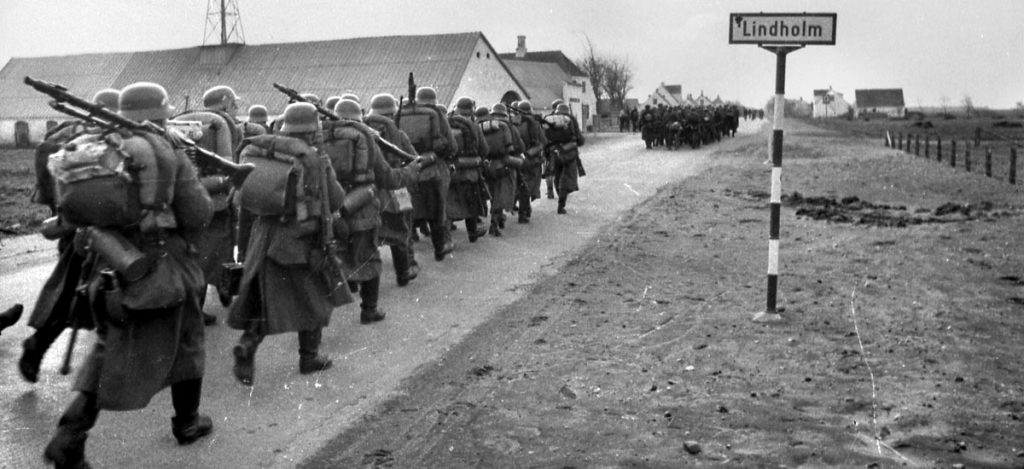
Unbeknownst to Denmark, several Nazi soldiers slipped across Denmark’s border posing as “tourists.”
They go about spying and collecting information on as much of Denmark as possible before Operation Weserubung – Hitler’s invasion of Denmark and Norway – was set to start.
The Enemy Within
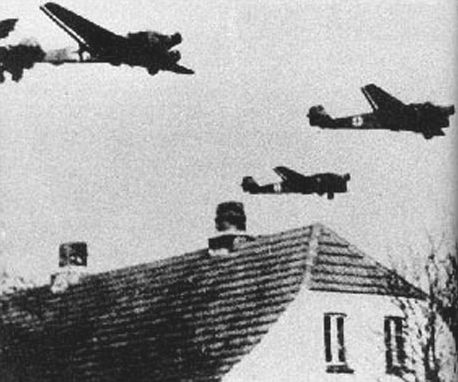
The king of Denmark was warned of the clear and present signs of impending war but laughed them off.
He believed people were paranoid, and laughing, he rebuked his official and headed off to watch a Shakespeare play.
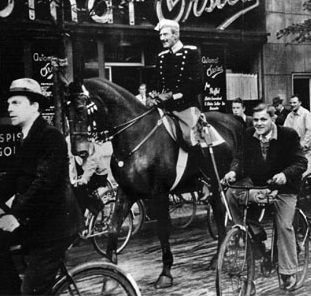
Germany Invades
On the night of April 9, 1940, Germany made their move into Denmark and Norway.
The king feared the Germans might attack the cities, and because of this, he surrendered only three hours after their invasion…making this one of the shortest wars ever fought.
Aside from the king’s decision to not take things seriously, Danish soldiers also made mistakes.
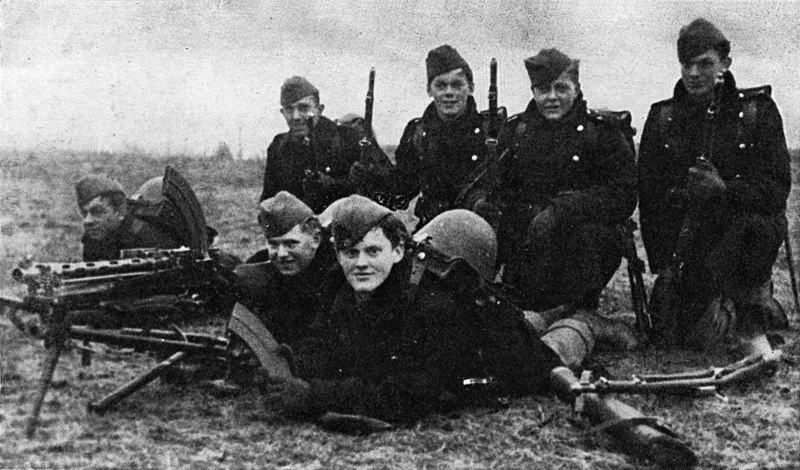
At one port, members of the Danish navy helped a Nazi boat to dock. One Danish garrison stayed in their beds, sleeping through the invasion.
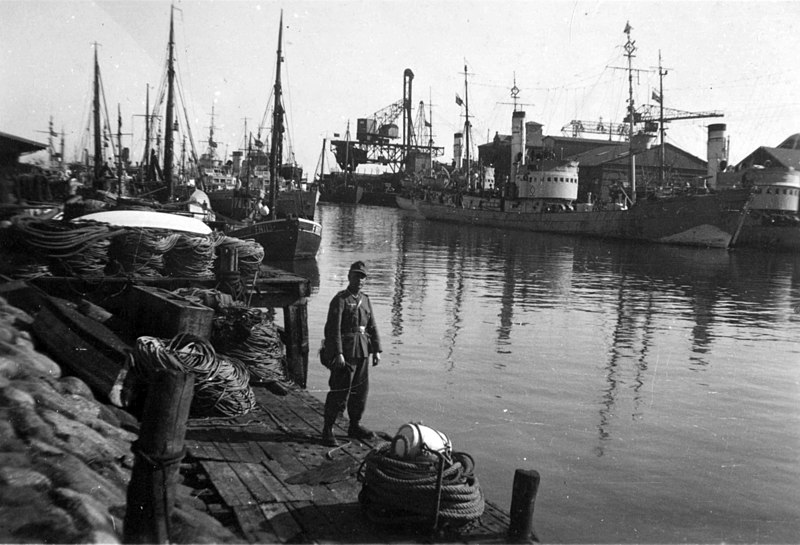
A Swift Ending
The Nazis swept through the country, occupying key bridges and cutting Danish lines of communication.
As the Danes woke from their slumber the next morning, they were shocked to find their country had been handed over to the Nazis overnight.
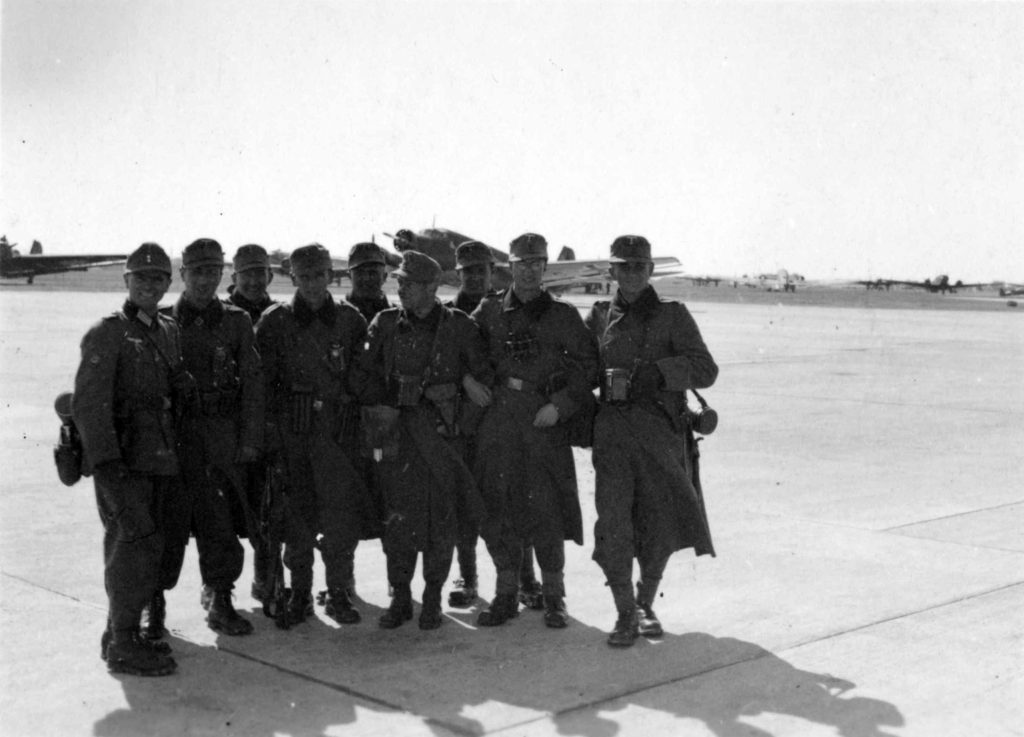
The country would be reduced to a state of occupancy over the next several years. The Netherlands, another target of Nazi aggression, surrendered after only five days.
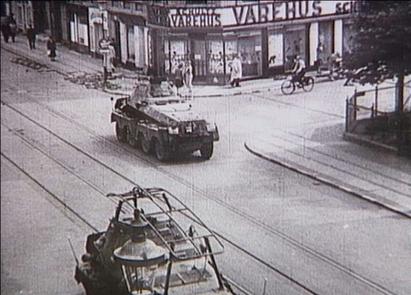
Millions worldwide would become acquainted with it through the diary of one of its murdered victims…a little girl named Anne Frank.
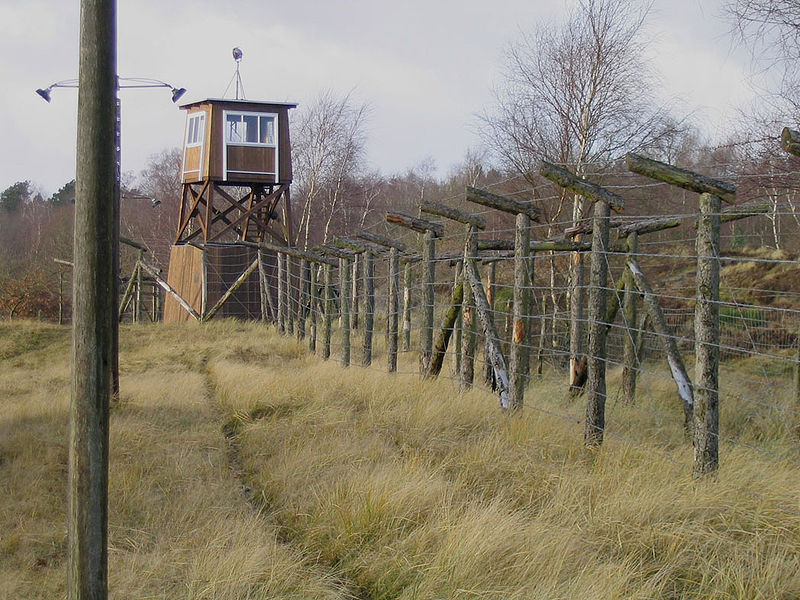
The Aftermath
In May 1945, British Field Marshal Bernard Montgomery liberated most of Denmark, with Soviet forces liberating the easternmost island of Bornholm.
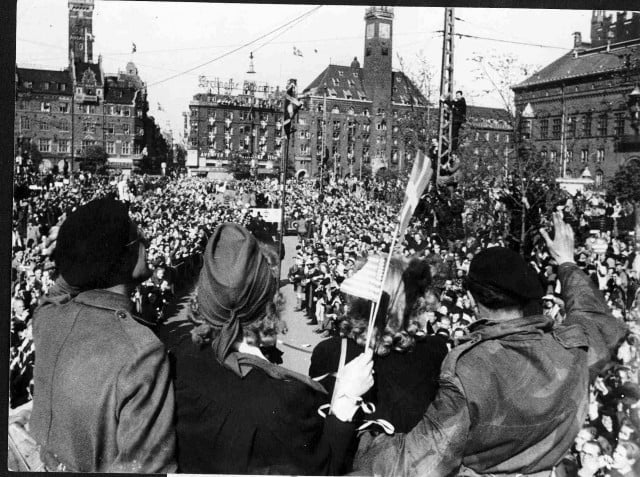
Although Denmark suffered relatively little under German occupation in comparison to other European countries, the damage was still very real.
The Denmark government would later officially apologize for their collaboration with the Germans.
This is a new style of article for Pew Pew Tactical, if you liked it — let us know in the comments! If you didn’t enjoy it…well phooey. To catch up on previous Pictures from History, click on over to our History Category.
The post A Picture from History: The Nazi-Danish War appeared first on Pew Pew Tactical.